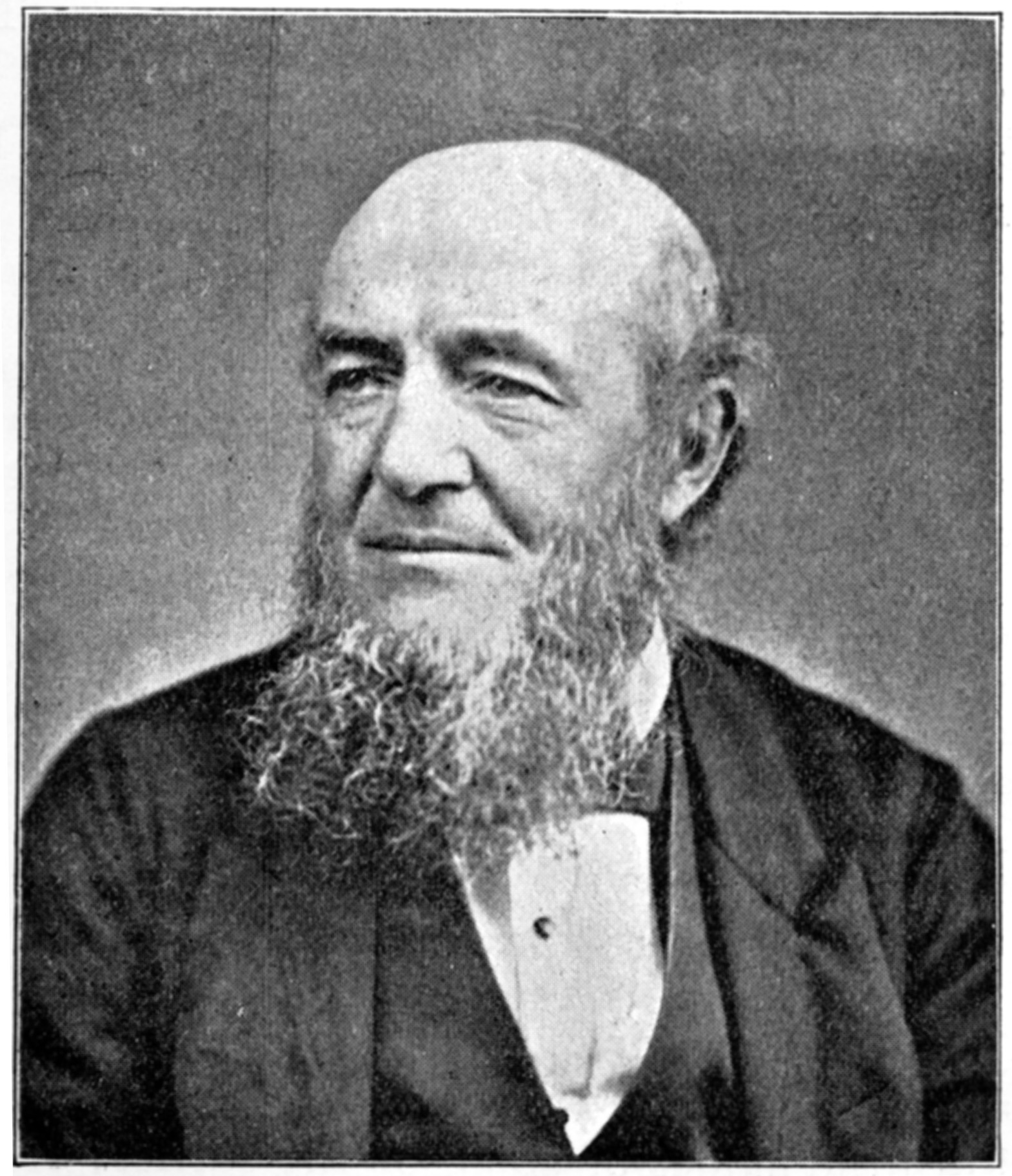Josiah Gimson
1818 - 1883

Josiah Gimson was the most prosperous of the 19th century secularists in Leicester, and the main force behind the building of Leicester's Secular Hall. He was a longtime friend of G. J. Holyoake and like him was an active supporter of the ideas of Robert Owen. In the 1850s the Owenites adopted Holyoake's secular rationalism, or 'secularism'.
It was Gimson who engaged the architect of the hall, Larner Sugden, and the sculptor for the five busts, Ambrose Louis Vago, and was responsible for the controversial inclusion of a bust of Jesus. Two of his lectures to the Society had the titles: 'Jesus Christ: a Witness for Secularism and against doctrinal Christianity', and 'The Ethical Teachings of Christ testify to the all-sufficiency of Secular Conduct'.
His wealth came from founding a successful engineering company and became one of the largest employers in the city. His Vulcan Works building, on Humberstone Road and Nedham Street, is still in use for commercial purposes. The company provided the engines (still to be seen working on occasion) at the Abbey pumping station, now a museum.
In 1877 he was elected to represent West St Mary's Ward on the Town Council as a Liberal, and became vice-chairman of the Floods, Highways and Sewerage Committee. He is buried in the Gimson family grave in Welford Road cemetery.
His wife Sarah remained a Unitarian and was not involved in his secular activities.
The other main shareholder of the Secular Hall was another local manufacturer, Michael Wright.
His large family included:
J. Mentor Gimson, eldest son, manager of the Leicester Secular Hall Company, which built and owned the Hall prior to its
transfer to the Leicester Rationalist Trust.
Sydney Ansell Gimson (1860 - 1938). President of Leicester Secular Society from 1883 until shortly before his death. He wrote
'Random Recollections of the Leicester Secular Society' (two parts c.1932), now in the Wigston Records Office, Leicester.
Ernest William Gimson (1864 - 1919) who was personally influenced by William Morris, joined his Arts and Crafts movement,
and became a distinguished architect and furniture designer. He was one of the victims of the flu epidemic of 1919.
There was another son, Arthur, and two daughters Sarah and Carry.
Sources and Links
Leicester Secular Society Newsletter April 2008, p3, article by Ned Newitt.
LeicestervSecular Society Archive portrait photo.